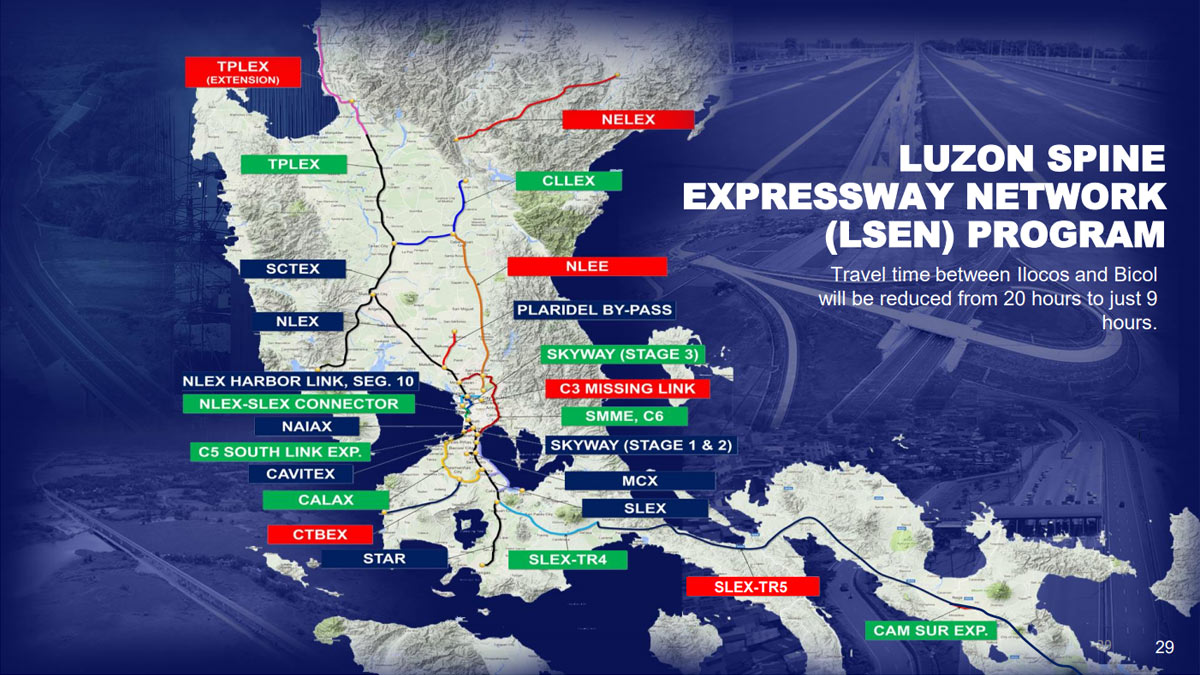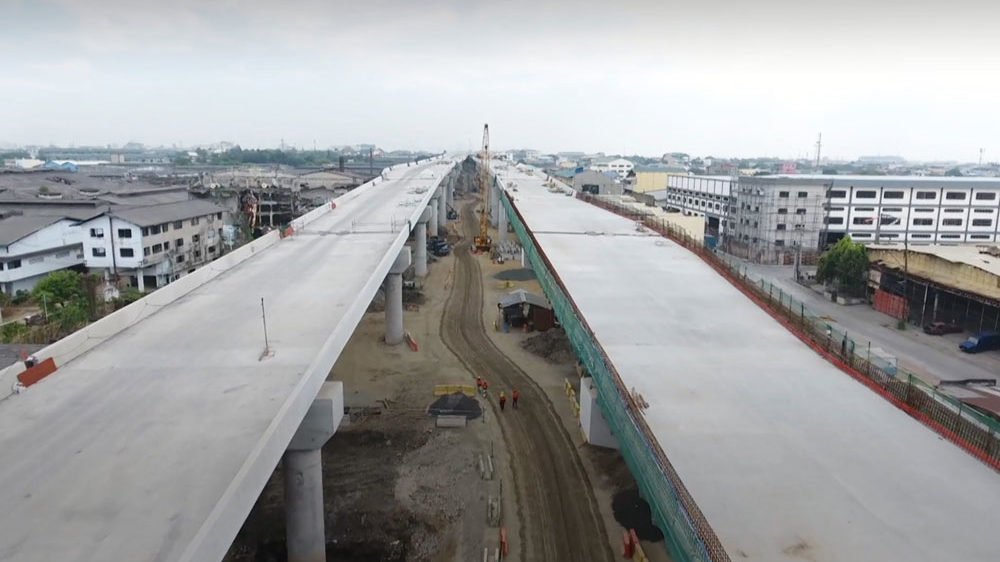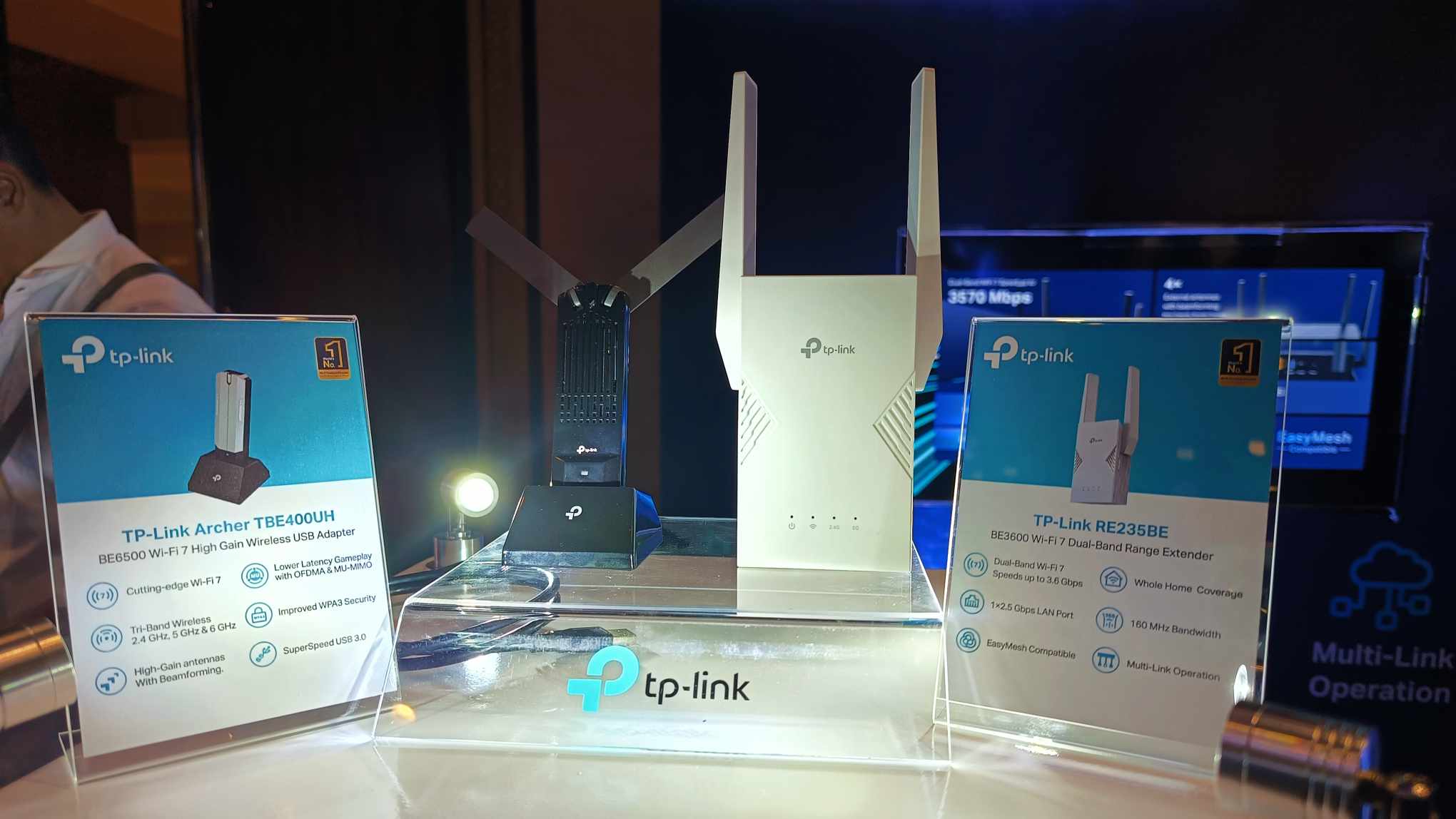
Good news for wayfarers: the 20-hour drive from La Union to Camarines Sur, or vice versa, will soon be just 9 hours with the recent Luzon Spine Expressway Network (LSEN) project. With all the recently completed and undergoing projects of DPWH, it’s now easy to visualize what the whole picture looks like: an entire Luzon road network that you can traverse in about a day. And just like a jigsaw puzzle nearing completion, it’s truly exciting and marvelous.
The man behind the project is none other than DPWH Sec. Mark Villar. Tasked with the “Build, Build, Build program“, the Luzon Spine Expressway Network (LSEN) program is the newest addition in developing the highway network. According to the Secretary himself, the Philippines “will be a lot different” by 2022. In fact, he said that “If you can look at the pipeline that we have, that’s evidence that definitely there will be a different country than what we came in.” The recent project is seen not only to cut the travel time, but also “to hasten the economic development of regional cities, avoid over-concentration of socio-economic activities in Metro Manila, and eventually diminish the economic disparities across the country.”
Part of the LSEN main roads are the already existing South Luzon Expressway (SLEX), Skyway Stages 1 to 3, North Luzon Expressway (NLEX), the Subic-Clark-Tarlac Expressway (SCTEX), and Tarlac-Pangasinan-La Union Expressway (TPLEX). Soon to connect is the ongoing SLEX-TR4 (an SLEX extension) and the Camarines Sur Expressway.
To traverse the LSEN easily, NAIA Expressway, Manila-Cavite Expressway (Coastal Road), the Cavite-Laguna Expressway (CALAX), and Muntinlupa-Cavite Expressway (Daang Hari) are all made part of the network. Also connecting soon is the upcoming Cavite-Tagaytay-Batangas Expressway and Central Luzon Link Expressway (CLLEX).
This project will not only benefit travelers but also our economy. It aims to resolve the bottleneck problem in Metro Manila, which is causing billions of losses every day. According to the studies of the Japan International Cooperation Agency (JICA), the Philippines loses P3.5 billion a day due to traffic congestion in Metro Manila. That’s unimaginable but true because Manila’s traffic congestion is the second-worst in the world. Let’s hope that this LSEN program will alleviate the problem.



































































